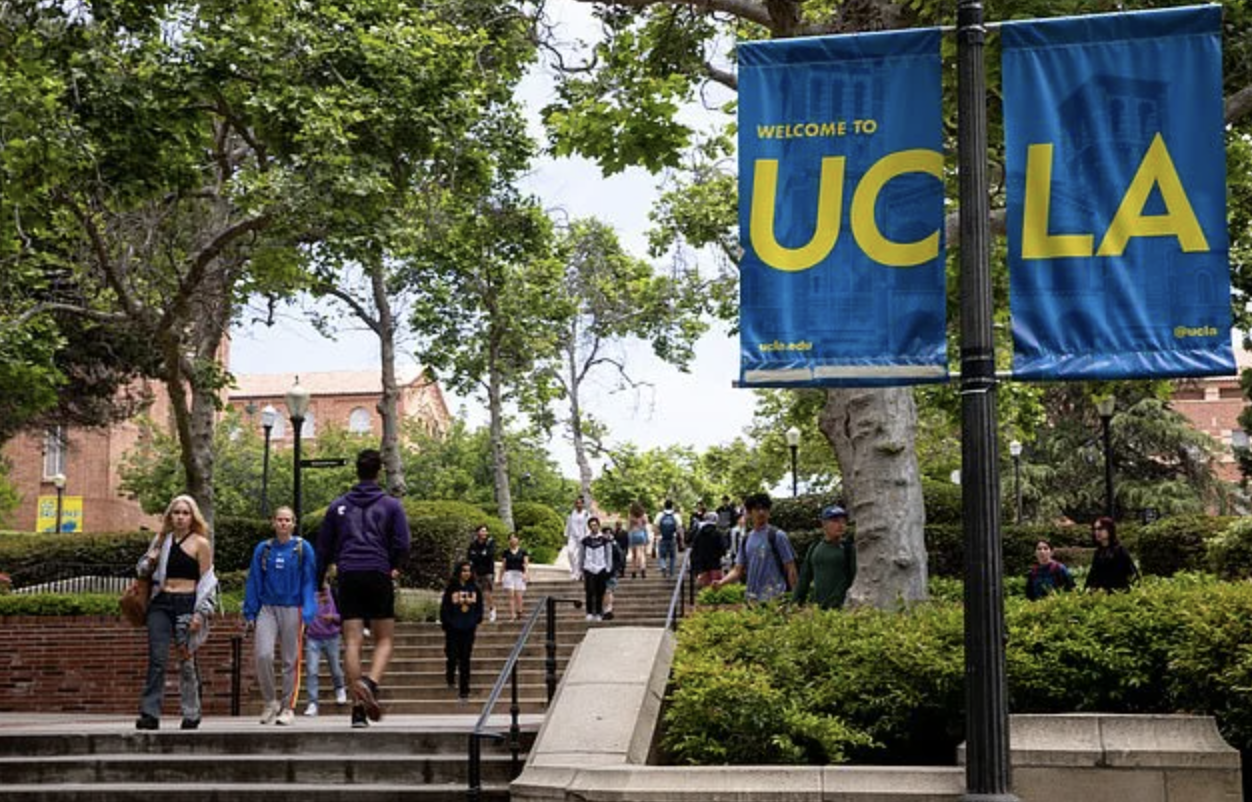Discover History: Charleston Slave Badges Now Featured in an Interactive Exhibit at the National Museum of African American History and Culture.
This story highlights the clash between profit and power against the cost to humanity.

The Smithsonian’s National Museum of African American History and Culture is set to showcase the most extensive and complete collection of historic Charleston Slave Badges through its online platform. This collection includes 146 unique badges, some from as early as 1804, featuring makers’ marks and two with personalized inscriptions, according to The Smithsonian. To make this history accessible globally, the museum has introduced a Searchable Museum feature on SearchableMuseum.com/SlaveBadges, which provides insights into the significance of Charleston Slave Badges and details of the museum’s latest acquisition.
“We are privileged to share the story of enslaved African Americans who played a crucial role in building the nation,” said Mary Elliott, museum curator at the NMAAHC.
“It is a tale of the stark contrast between profit and power and the human toll,” Elliott continued. “This narrative illuminates the suffering endured and the resilience of skilled craftspeople who maintained their humanity and overcame the brutal system of slavery, making an indelible impact on the landscape in multiple ways.”
The digital exhibit provides an interactive experience with the artifacts, delving into the legislated system of leased enslaved labor in Charleston, South Carolina. It spotlights the beneficiaries of this system and reveals how enslaved African Americans utilized their skills, intelligence, and abilities to navigate the constraints of slavery. The new Searchable Museum feature also delves into aspects of collection, archaeology, vocational training, and notions of freedom, beyond just chronicling the history of the Charleston Slave Badges.
Originating in 1783, the Charleston Slave Badge system served as a mechanism for control and profit. Enslaved African Americans, leased out by their owners, were mandated to wear badges that identified their specific trades or roles, from skilled craftsmen to household servants.
This system enforced rigorous oversight and restricted the self-governance of the enslaved individuals while they worked within the city. Today, these badges stand as testaments to the enslaved individuals’ skills and their significant contributions to the development of Charleston.
It operated as a legal arrangement between slave owners and the city government, where slave owners paid a registration fee to the city for each enslaved person they leased out. In exchange, the city issued badges, typically made of copper, which identified these leased laborers. Slave owners gained financially by renting out the skills of African Americans, while the city economically benefited and utilized the skilled labor that was instrumental in shaping the urban landscape of Charleston.
Individuals wearing the badges were allowed a degree of mobility within the city during work hours, which enabled them to connect with a wider community of enslaved Black people. In some instances, they were even able to keep a portion of their earnings, which they could use to buy freedom for themselves and their families.
The collection was assembled by Harry S. Hutchins Jr., a distinguished collector. Together with co-authors Brian E. Hutchins and historian Harlan Greene, he authored and published the book, “Slave Badges and the Slave Hire System in Charleston, South Carolina, 1783–1865.”



